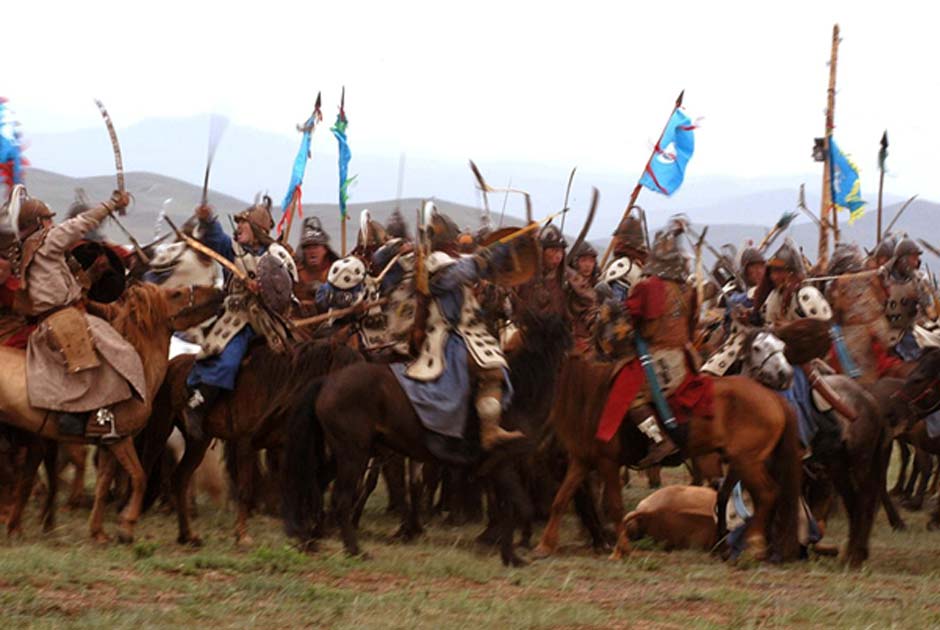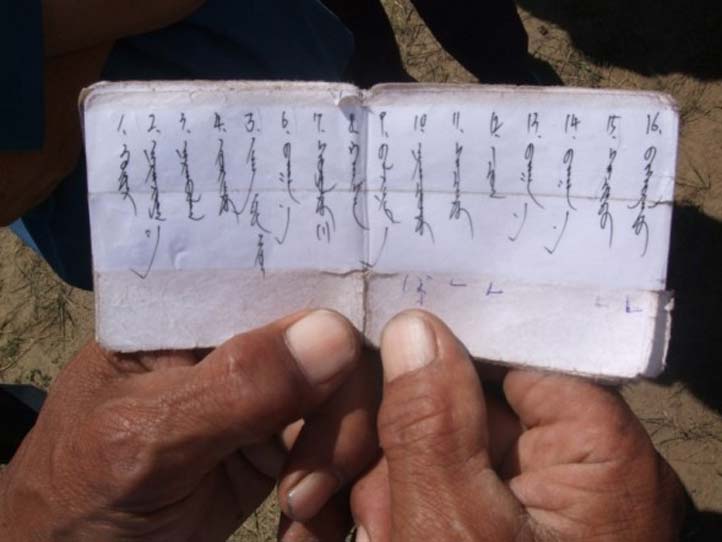
How Did They Do It? Masters of the Steppe: Battlefield Medicine and Gruesome Cures—Part III
Much is known about the ancient Mongol military and their incredible victories on the battlefield, but little is ever discussed about their arms, armor, horses, and logistics. What gear did they use? How did they deal with their wounded? How did they partner with horses to become masters of the steppe?
READ: [Armed to the Teeth with Weapons and Poison —Part II]
During the early reign of Genghis Khan, each warrior brought his own equipment. In doing so, each warrior could provide for the arban. While there is no doubt that the Mongols did acquire new equipment in the same way as bandits—from the dead scattered about the field of battle—Genghis Khan still made sure his men were equipped properly.

Illustration of Mongol mounted warriors (CC BY-SA 2.0)
Arms Manufacturing and Supply: Bandits and Artisans
As the Khan’s territory expanded, the ability to manufacture arms and to supply his men moved into full production. This allowed the armies to procure from the quartermasters. However, there is no doubt that many Mongols still repaired or produced much of their own equipment.
In order to produce large quantities of arms and armor, Genghis Khan made sure that not only did the areas under his control have the ability to manufacture the weapons of war, but also served as depots from which his armies could procure armaments. Genghis Khan would also relocate many of these artisans to be near his encampment to produce the weapons of war and to educate his men. After his death, Mongol rulers would continue to bring in artisans from the conquered regions like Central Asia, Persia, and China. The artisan camps were at Chinqai Balasghun near the Mongol of Karakorum, Besh Baliq in Uighurstan on the northern slopes of Tien Shan, Xinmalin or Simali, north of Beijing and in Hongzhou, 180 km (111.8 miles) west of Beijing. Of the many artisans working for the Mongols, most came from the former Khwarazmian Empire and were assigned to work alongside their Chinese counterparts.
Mongol Horses and Warriors – Successful Partners
The impressive Mongol war machine would have been all for naught had it not been for the horse that transported them to and from the field of battle. The Mongol horse, unlike European and Middle Eastern horses, was smaller in stature but stronger, and surpassed all others in endurance. The horse greatly enhanced the ability of the army to reach its objective quickly; speed on the battlefield was crucial in establishing battlefield dominance.
When on campaign, a Mongol warrior would bring with him several remounts. The need for remounts was necessary, for after some time the horse would become tired due to traveling long distances and in battle, the Mongols would execute the caracole tactic (a charging and turning maneuver), thus tiring the horse and requiring the rider to change mounts, allowing the other to rest. Understand that the Mongol army during the time of Genghis Khan could roughly travel 60 miles (96 km) a day, unlike the later Mongol army under the leadership of Hulegu, whose vast army on their way to Baghdad in 1258, appeared more like a traveling city that could only move a few kilometers a day due to its sheer size. Therefore, the need for many horses was crucial to their military endeavors.





